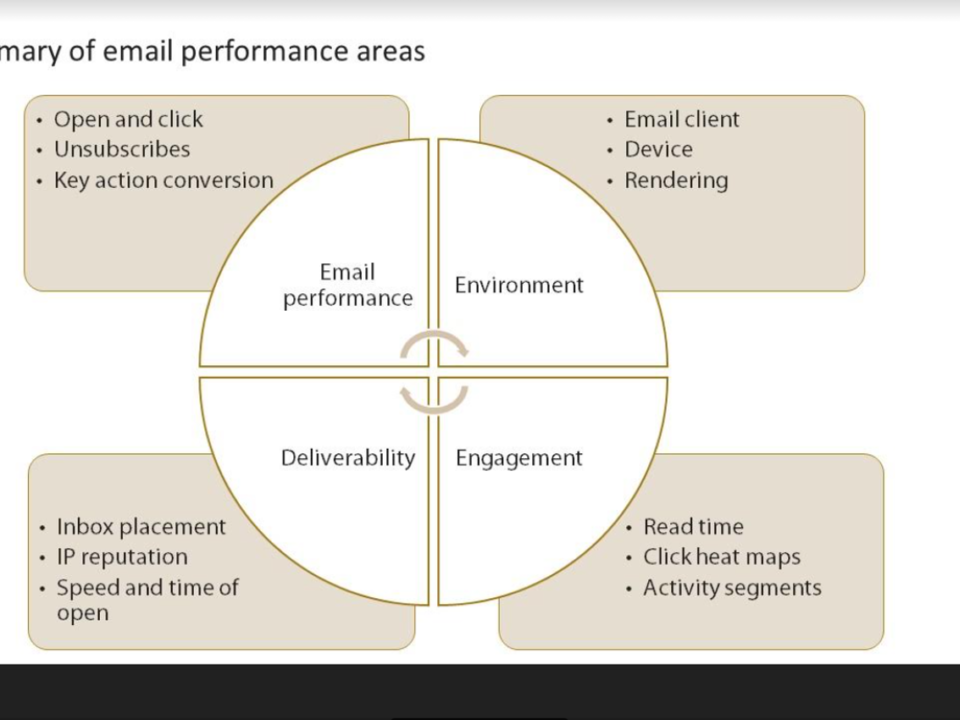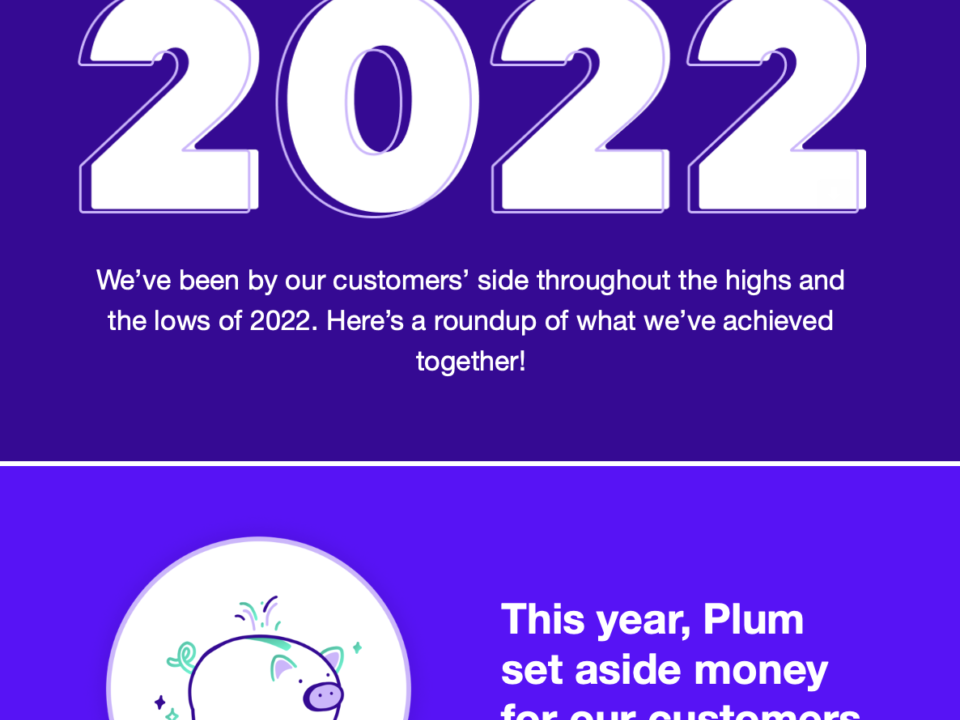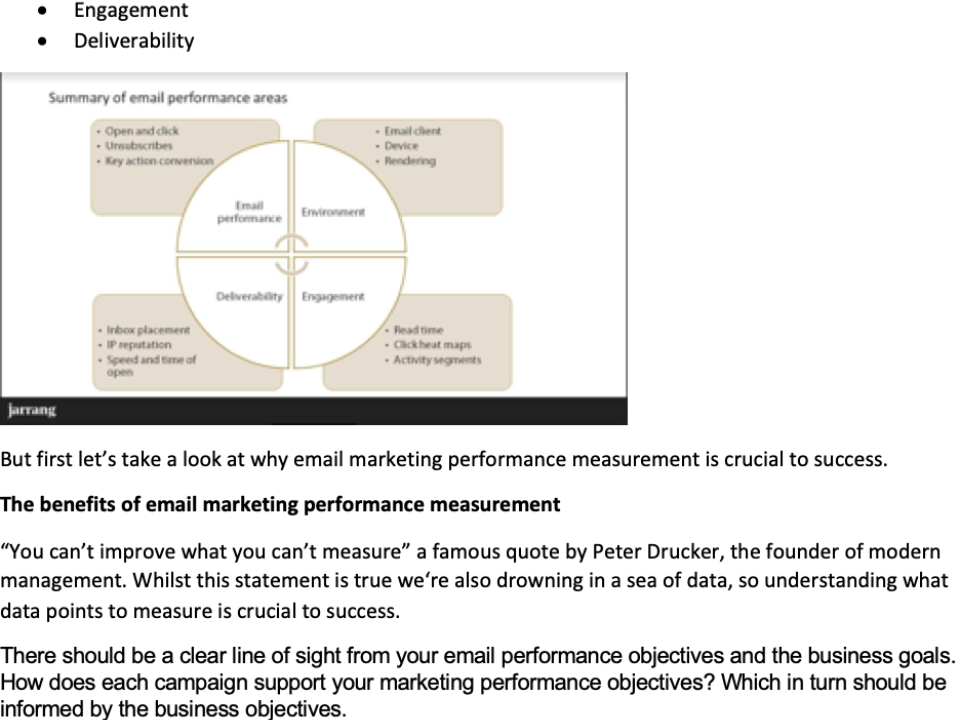I'm interested in:

Email Marketing Strategy 5 min read
Understanding & Improving Deliverability In Email Marketing
Read post
Email Marketing Strategy 5 min read
Yahoo & Gmail Email Marketing Requirements: How to Send Safely in 2024
Read post
Customer Loyalty
Email Marketing Content 5 min read
Email marketing trends: What was promised in 2023, and our predictions for 2024
Read post
Email Marketing Strategy 5 min read
Jarrang Masters – With Jarrang & Spike 2023. Watch on demand
Read post
Customer Loyalty
Email Marketing Content 5 min read
What does email marketing success look like and how do you measure it?
Read post
Customer Loyalty
Email Marketing Content 5 min read
Storytelling: The art of making reporting matter
Read post
Customer Loyalty
Email Marketing Content 5 min read
How to turn first-time buyers into repeat buyers
Read post
Customer Loyalty
Email Marketing Content 5 min read



